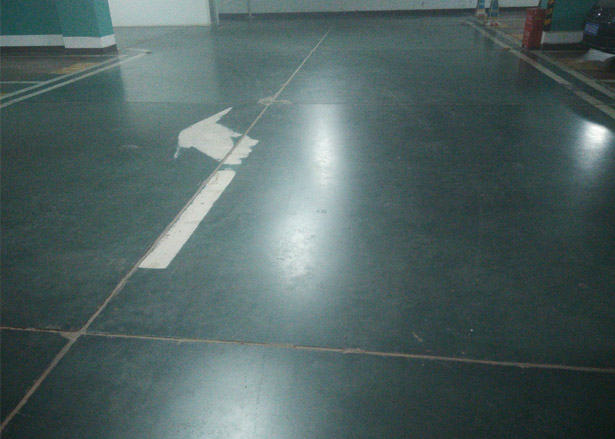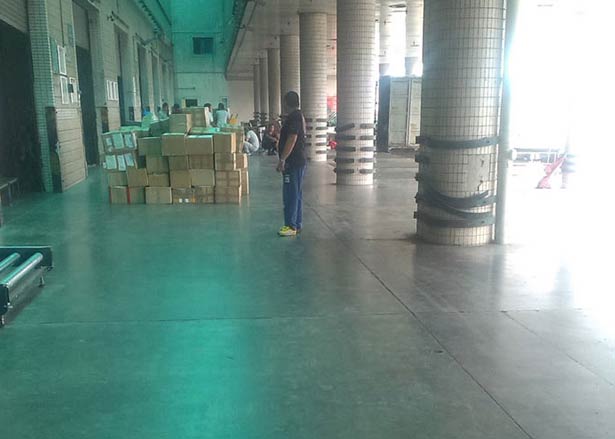## Understanding Porous Stainless Foam Fiber: Mechanisms and Applications
Porous stainless foam fiber is an innovative material that has revolutionized various industries, providing numerous solutions ranging from filtration to heat management. Its unique structure combines lightweight properties with remarkable strength and porosity, allowing for efficient fluid and gas transmission. Understanding its working mechanisms is crucial for businesses looking to leverage its advantages in manufacturing processes.
The core of porous stainless foam fiber lies in its microstructure, which consists of a network of interconnected pores distributed throughout the stainless steel matrix. This provides an excellent surface area, enabling high levels of permeability while maintaining structural integrity. The manufacturing process typically involves processes like powder metallurgy and foaming techniques, where stainless steel powders are mixed with a foaming agent. Upon heating, the foaming agent expands, creating a foam structure as the metal solidifies around it.
One of the key components of porous stainless foam fiber is its ability to withstand high temperatures and corrosive environments. This durability is vital in applications like aerospace, automotive, and chemical processing, where traditional materials might fail. For instance, in exhaust systems, porous stainless foam fiber can effectively filter particles from gases while enduring the harsh conditions of vehicle operation.
The advanced technology employed in producing porous stainless foam fiber contributes significantly to its efficiency. Modern manufacturing techniques, including additive manufacturing and controlled atmosphere sintering, enable precise control over the porosity and mechanical properties. These advancements allow for customized solutions tailored to specific applications, thus enhancing performance and reliability.
In terms of applications, porous stainless foam fiber is essential in various sectors. In filtration applications, for example, it is used in the production of filters that precisely control liquid and gas flow, ensuring clean outputs. The biomedical industry also benefits from its use in scaffolding for tissue engineering, where the porous structure promotes cell growth. Additionally, in heat exchangers, the material's high surface area improves thermal efficiency, making processes like heat recovery more effective.
In conclusion, the science behind porous stainless foam fiber is a fusion of advanced technology and engineering ingenuity. Its unique structure, combined with modern manufacturing processes, has made it a critical component in numerous industries. For businesses interested in exploring the potential of porous stainless foam fiber or finding reliable suppliers, we encourage you to contact us for more information on how we can assist you in your manufacturing needs.
Show More >>
PRODUCTS
You are welcome to contact us at any time, please write the message here and we will reply you in 24 houre. thanks foryour support.
NEWS
May.22, 2019



